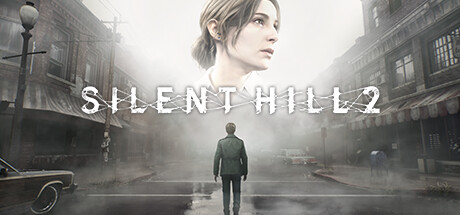That's interesting. People on reddit pointed out Silent Hill 2 on Steam have the same 2080RTX vs 6800XT for Recommended settings, but with additional info:
Playing on recommended requirements should enable to play on Medium quality settings in 60 FPS or High quality settings in 30 FPS, in FullHD (or 4k using DLSS or similar technology).

 store.steampowered.com
store.steampowered.com
Playing on recommended requirements should enable to play on Medium quality settings in 60 FPS or High quality settings in 30 FPS, in FullHD (or 4k using DLSS or similar technology).

SILENT HILL 2 on Steam
Investigating a letter from his late wife, James returns to where they made so many memories - Silent Hill. What he finds is a ghost town, prowled by disturbing monsters and cloaked in deep fog. Confront the monsters, solve puzzles, and search for traces of your wife in this remake of SILENT HILL 2.
